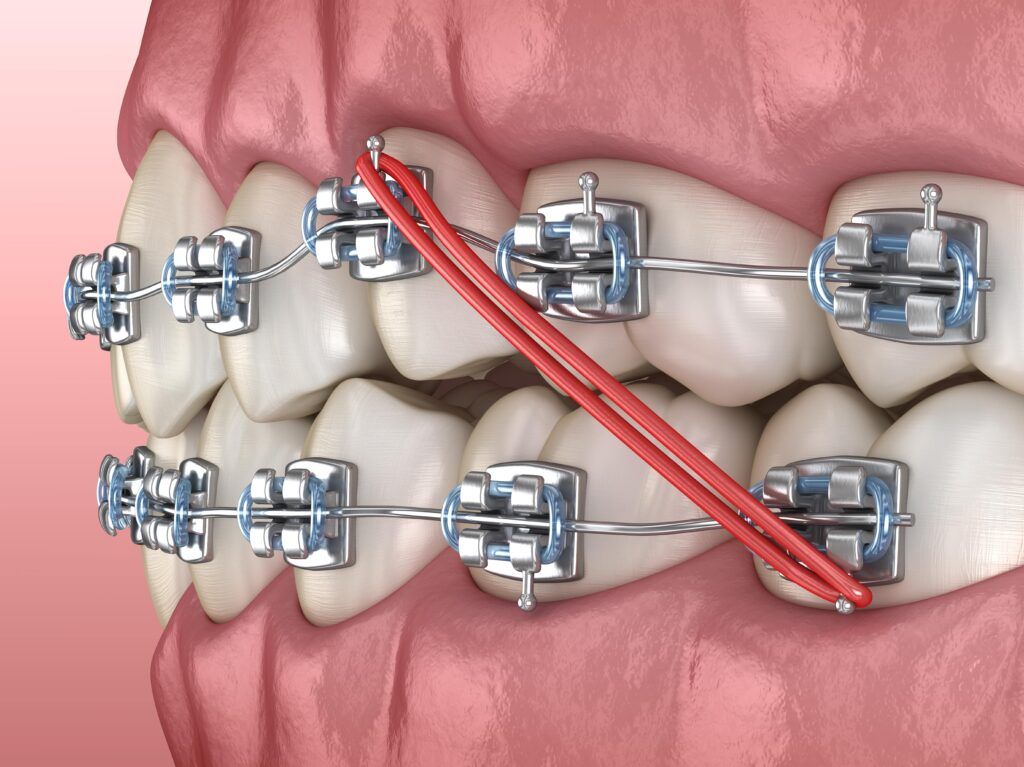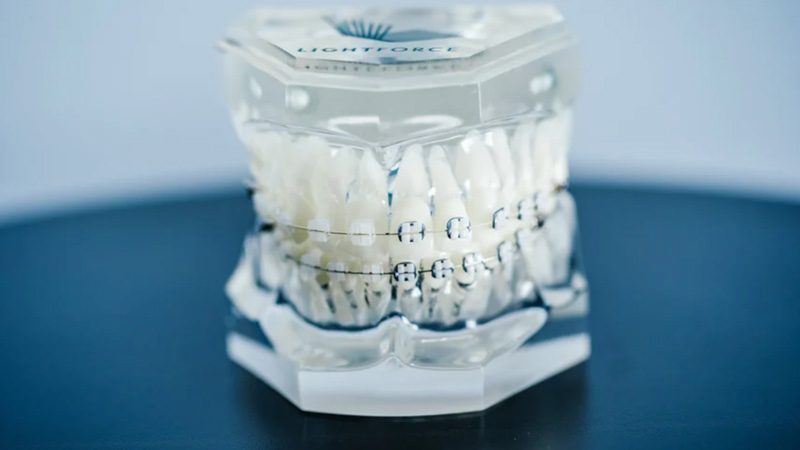Locating the Right Cumming Orthodontist for Your Braces and Aligners Needs
Locating the Right Cumming Orthodontist for Your Braces and Aligners Needs
Blog Article
Comprehensive Overview to Orthodontics Procedures for Dealing With Dental Imbalances
Recognizing the ins and outs of each procedure, including their devices, advantages, and potential disadvantages, is essential in making educated choices concerning one's orthodontic therapy. As we navigate with the thorough overview to orthodontic procedures for dealing with dental misalignments, the detailed information of each method will certainly unravel, dropping light on the path toward a unified and practical dental alignment.
Orthodontic Procedures Overview

In enhancement to typical braces and clear aligners, orthodontists may also suggest other treatments like headgear, palatal expanders, or retainers to deal with specific placement problems (cumming orthodontist). These treatments are tailored to each patient's distinct demands and may entail a mix of treatments to attain the desired results. Regular changes and tracking are essential components of orthodontic treatment to make sure development is on track and to make any necessary modifications along the road. By undertaking orthodontic treatments, patients can not only attain a straighter grin yet also boost their overall dental wellness and function.
Standard Dental Braces: Just How They Function
When thinking about orthodontic therapies for oral imbalances, standard braces stick out as a time-tested method for fixing teeth placing. Typical braces include braces, wires, and bands that interact to use constant stress on the teeth, slowly moving them right into the wanted alignment. The braces are connected to the teeth making use of a special adhesive, and the wires are threaded via the brackets. By adjusting the tension of the cables, orthodontists can regulate the direction and force put on each tooth, directing them into correct positioning over time.
As stress is used to the teeth with the braces, the bone surrounding the teeth is improved to sustain the new tooth positions. Clients will certainly need normal changes at the orthodontist's office to guarantee the dental braces continue to apply the proper pressure for efficient teeth motion.
Invisible Aligners: Cons and pros
These clear, custom-made trays are practically invisible when used, making them an attractive option for people seeking a much more visually pleasing orthodontic therapy. Clients can get rid of the aligners before consuming or cleaning their teeth, reducing the danger of food getting stuck in the home appliance and simplifying the cleaning procedure.

Surgical Orthodontic Options
Surgical interventions in orthodontics existing viable choices for attending to complicated dental misalignments that might not be properly resolved via conventional orthodontic treatments. While standard dental braces and unnoticeable aligners can deal with lots of orthodontic problems, particular situations call for medical treatment to accomplish optimal outcomes. Surgical orthodontic options are commonly recommended for severe malocclusions, substantial jaw discrepancies, and instances where this link the underlying bone structure requires adjustment to attain correct alignment.
One usual medical orthodontic treatment is orthognathic surgical treatment, which involves rearranging the jaws to correct functional problems such as difficulty eating or talking. This surgery is commonly executed in cooperation with an orthodontist who aids straighten the teeth prior to and after the treatment. Surgical orthodontics might also involve treatments to subject impacted teeth, remove excess periodontal tissue, or reshape the jawbone to develop a more harmonious facial profile.
Before considering medical orthodontic choices, clients go through an extensive examination to determine the requirement and prospective benefits of such treatments. orthodontics. While surgical procedure may seem overwhelming, it can considerably improve both the function and looks of the smile in situations where conventional orthodontic therapies fail
Retainers and Post-Treatment Care

Post-treatment treatment includes complying with the orthodontist's dental implant treatment instructions faithfully. This may consist of appropriate oral health methods, going to follow-up visits, and wearing the retainers as prescribed. Failing to follow post-treatment treatment instructions can lead to regression, where the teeth progressively relocate back in the direction of their initial positions. Regular retainer wear, good dental hygiene, and normal dental examinations are essential for keeping the outcomes accomplished through orthodontic surgical treatment and ensuring the long-term stability of the dealt with dental placement.
Conclusion
In final thought, orthodontic treatments provide numerous options for remedying oral imbalances. Surgical orthodontic alternatives are offered for extra extreme imbalances. Generally, orthodontic treatments can effectively boost oral health and wellness and visual appearance.
As we navigate via the detailed overview to orthodontic procedures for fixing dental misalignments, the complex information of each approach will certainly unravel, dropping light on the path towards a useful and unified oral positioning. - orthodontics
One of the most usual orthodontic treatments is the use of braces, which consist of metal brackets and cables that apply gentle pressure to progressively change teeth right into the desired position.When thinking about orthodontic treatments for oral misalignments, typical a dentist office near me dental braces stand out as a tried and true approach for dealing with teeth positioning. In addition, undetectable aligners might not be appropriate for complex orthodontic problems that require more significant teeth motion, as they are generally suggested for moderate to modest cases. Retainers are personalized orthodontic gadgets created to hold teeth in their corrected positions after the completion of orthodontic treatment.
Report this page